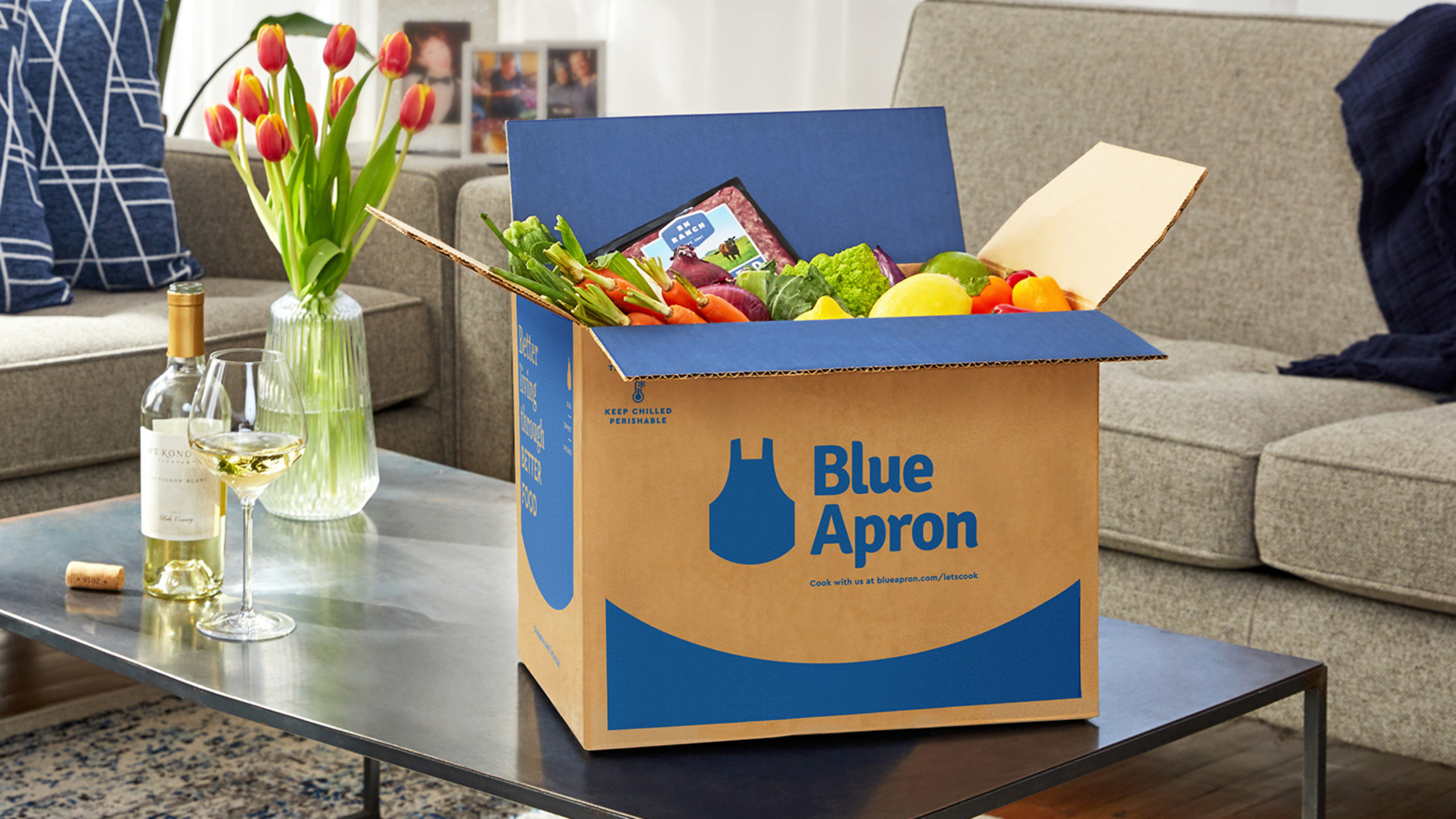
“There’s way more engagement completion than something that looks like a traditional TV ad.”Īnd while Blue Apron has aired TV creative for three years, Fitzgerald said its 2017 TV campaign is probably the most storytelling the brand has ever done as it focuses more on its vision and mission. “It’s super engaging for the customer and a side benefit is we get an awesome asset – a 30-, 60- second version of people cooking a ramen meal at home with the kids and people are hitting the talking points themselves,” he said. What’s more, Fitzgerald said Blue Apron has also been testing UGC-style video ads in which it asks customers to film themselves cooking Blue Apron recipes for potential inclusion in a highlight reel. Fitzgerald, however, said the range works for Blue Apron. The brand also works with a range of influencers from bloggers to 23-time Olympic gold medalist Michael Phelps, who posted on Twitter and Instagram about cooking with this wife – without a call to action. “If we can get buy-in from the host, who believes in building a better food system and not cooking packaged food, that’s authority,” Fitzgerald added.

Such was the case with Adam Carolla, who hosts a comedy podcast and isn’t necessarily in Blue Apron’s target audience, but who cooked Blue Apron recipes and loved them and knew how to engage his audience when he told them about it. “It’s allowing freedom and flexibility and not being precious about your brand as opposed to jamming a message down their throats,” Fitzgerald said. On NPR podcasts, for instance, it talks more about the food system, but on, say, a weekly WWE podcast, the host talks more about why the meals are delicious. Not surprisingly, the brand plays up different messages on different shows. “When they started Blue Apron, Serial hadn’t started yet and they didn’t have these refined networks of Bill Simmons and Ringer Crooked Media and Pod Save America, which have become huge.” “We’ve been able to scale as the number grows,” Fitzgerald said.

That also includes new platforms, like podcasts, which Fitzgerald said have become a huge channel for Blue Apron that will only grow exponentially.

“Part of that is creative and testing more ads, like carousel ads…” “It has been exciting to try to do that,” Fitzgerald said. That means the brand has to find how to break through and position itself as distinctive. “Facebook is saturated with offers and everything looks like food in a box,” he added.

Indeed, at Social Media Week in New York last week, Greg Fitzgerald, director of acquisition marketing at Blue Apron, said while the meal delivery concept was compelling enough initially, consumers are now inundated with this message from myriad sources.


 0 kommentar(er)
0 kommentar(er)
